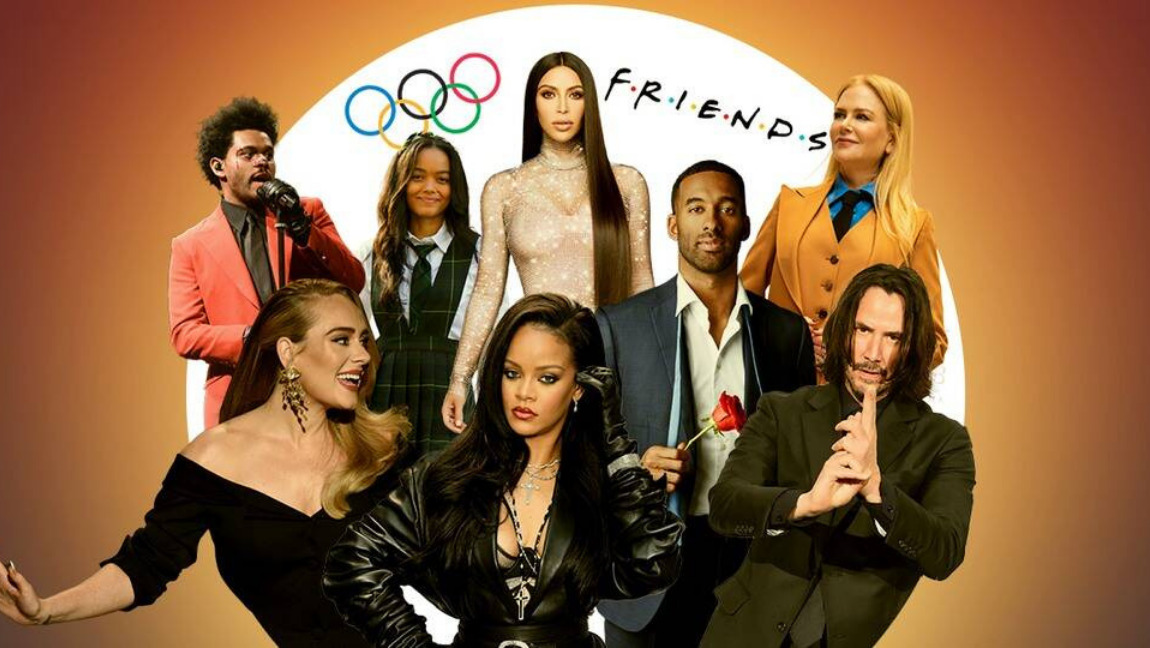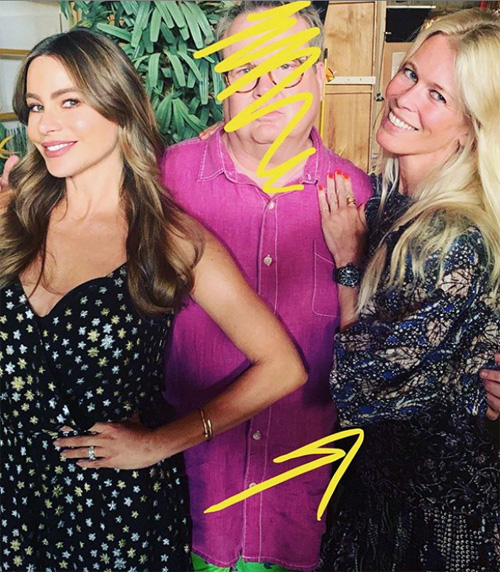
Art pop culture is the result of various influences. Comic books and cartoons have made these mediums easier to recognize. Comic books were first published in the 1930s and experienced a decline during the World War II, but made a strong comeback once the war ended. They quickly became an iconic form of entertainment, art, and artists copied the style to create a new type of art. Pop Art was born from this style of art and has remained a mainstay of contemporary art.
Andy Warhol
Andy Warhol, an artist, was born at Pittsburgh, Pennsylvania in 1928. From an early age, he was drawn to art. Warhol studied commercial art in New York City after he graduated from Carnegie Institute of Technology. Warhol also joined the Modern Dance Club (now known as Carnegie Mellon University) and the Beaux Arts Society. He was also the art director for Cano, a student magazine. He also began his career as an artist during this period.
While he initially pursued a successful career as a commercial illustrator, Warhol began receiving recognition as a leading artist during the late 1950s. His New York studio became an attraction for artists and celebrities, as he gained more fame. He promoted his favorite personalities, dubbed Warhol superstars, in his work. Warhol's work was not the only thing he did. He also founded Interview Magazine and managed experimental rock band The Velvet Underground. He also wrote several books and was an influential figure in the arts world.

Ed Ruscha
In the late 1960s, Ed Ruscha began showing his work in New York City, where he met the art dealer Leo Castelli. Castelli introduced Ruscha and others to artists like Robert Rauschenberg (Jasper Johns), Frank Stella (Frank Stella). Castelli's European charm was appreciated by Ruscha, who asked Castelli to keep in touch. Ruscha and Castelli became friends over time, and he visited Castelli’s gallery occasionally on trips to New York.
His work has had a profound influence on pop culture and art for over 50 years. Recently, the artist celebrated his 50th Birthday with a retrospective exhibit at London's Hayward Gallery. It also traveled to the Moderna Museet Stockholm as well as the Haus der Kunst Munich. This show is supported by Ed Ruscha, Art Pop Culture and a touring exhibition.
Ruscha's paintings often contain text. Many of his canvases have phrases with a story behind it. Some of these have an origin and others are purely random. The artist developed his own typeface in the 1980s. It has thin, angular letters, and resembles the fonts used on signs.
James Rosenquist
James Rosenquist is known for his pop-culture work that spans many media. His work from the 1960s was heavily influenced by the political climate, especially the Vietnam War. To critique the rigidity of American society, he juxtaposed images of prominent politicians with images from middle-class wealth.

Rosenquist, who was born in Grand Forks North Dakota, spent his childhood living in Minnesota. He decided to study painting after he was awarded a scholarship at the Minneapolis School of Art. Robert Rauschenberg was his first love and he eventually settled in New York.
Rosenquist was fascinated by advertisements in the 1960s and began to incorporate them into his art. He also began producing large-scale work, such F-111 (1965), measuring 10 feet high by 86 feet in length. He also designed murals for New York World's Fair. His art often responds to the militarism in the United States and has been sold multiple times for millions of dollars.
FAQ
What does pop culture teach us?
Our society today values material things over everything else. This is especially true with young people. They spend hours every day looking at screens. They are addicted to video games, movies, and surfing the web. All of these distract them from the task at hand, which is to complete school work. They end up failing classes as a result.
We live in a world where everyone wants to fit in. That means being popular. Popularity hinges on having money, clothing, and other possessions. This causes some people to do things they don't like.
We have become dependent on technology. We now have access to all types of information thanks to technology. Unfortunately, not everything is accurate. False rumors are floating around the Internet. These rumors spread quickly because people share them on social media sites. It's easy and quick to post something without verifying whether it is true.
People have lost their ability to think critically. They believe whatever they read on the Internet. They believe what they see on TV and in magazines. They stop thinking about themselves. They instead follow the crowd.
We lose control of our lives when we depend on others to tell we what's going on. Pop culture teaches that we should depend on other people. It can also make us lazy. We don't always see the truth, but it is there.
What examples are there of pop culture?
Pop Culture is a 21st-century art form. Pop Culture covers all aspects of popular entertainment. It includes music, film, TV, video game, fashion, advertising, comics and so on. Author Neil Postman coined the term in his book Amusing Ourselves To Death (1985). Pop refers to mass communication that uses formulaic and cheap tricks to create an illusion or spontaneity.
However, he said that most people don’t enjoy true enjoyment because their culture has conditioned them to want media experiences that make it seem superior to others. He also said that this kind of cultural expression contributed to the decline of critical thinking skills in young adults.
Pop culture can also refer to popular culture and consumerism.
Why pop music is popular?
Pop music is popular because it is fun! Pop music can make you feel happy and give you a feeling of freedom. People listen to pop music, and they are free to think about other things than themselves. They don't have worry about what people think. And this is why pop music is so popular. People like listening to songs that make them feel good. You can turn the radio on if you feel down. You might even find yourself singing along. Pop music has been immensely successful over the years.
What can I do to use pop culture in my marketing strategy
You need to examine the trends in pop culture to learn how you can use it in your marketing strategy.
Let's say, for instance, you wanted to promote a movie. What kind of promotion would you be able to run?
A trailer could be created using clips from the film. You can even find clips that feature your products and services to include in your trailer.
You could also make a parody trailer by using famous films.
You could use the movie's plotline to create a promotional campaign for a product or service you were trying to promote. You might promote a product that can help astronauts remain healthy while in space.
Promotions could be run based on the plotline if you have a business that is related to the movie's themes. You could, for example, offer food samples to customers who purchase tickets to the movie.
What are some positive features of pop culture?
Pop culture can be good. It gives people something to discuss. Pop culture allows people to express themselves creatively. Pop culture can be used as a platform for artists to promote and market their work.
Pop culture has the greatest quality, in my opinion. It brings people together. Everyone wants to see the same shows. Everyone loves the same music. People like the same movies. Pop culture allows people to connect.
It is not healthy for everyone, however. For example, some films glorify violence. Some television programs make fun at people with mental disorders. Others encourage their fans and followers to get high.
So what should we do with the negative aspects of pop culture?
We should avoid negative aspects of pop culture. It shouldn't be allowed to influence us. It can lead to problems in our health. It can even lead criminality. It can even affect our relationships.
Pop culture has a positive or negative impact on society. Does it promote good values? Are people being encouraged to do wrong things?
Let's not forget to ask ourselves if our world is fulfilling. What do we enjoy about the music we listen too? What do we like about the TV shows we watch What clothes are we wearing?
We must be responsible for our actions if we are to care about the future. Decide what kind of world you want. Once we have decided what kind of world we want, then we can choose the best pop culture.
What is the popular music culture?
Popular Music Culture can take many forms.
The use of certain music styles (e.g. jazz, rock) and lyrics is what defines popular music culture. It also covers the influence of visual media like film, television, fashion advertising, and so on, on artists' careers as well as public perception.
It's also all about how fans interact their favorite artists.
The rise of superstars - musicians who have made a name for themselves - is one aspect of popular music culture.
These superstars often transcend genres and become cultural icons, and their popularity has influenced the evolution of popular music itself.
Other elements of popular music culture include:
* The rise recording technology – from acoustic instruments up to electric guitarists and microphones.
* Invention of the record player and radio
* The birth of rock'n roll.
* The introduction of television and film
* The advent of MTV and VH1;
* The creation or the Internet.
What are the examples of pop-culture in 2021
Two hijacked planes crashed into the Twin Towers of New York City's World Trade Center on September 11, 2001. 9/11 would be the name of this day.
The events of that day have influenced popular culture today. We can see how the event has influenced our lives in many ways.
This includes television programs like 24 and movies like United 93 that tell the story the what happened during the flight between Boston and Los Angeles on 9/11. You can also find books such as The Forever War, by Dexter Filkins.
We all remember where we were when we first heard about the attacks. Some people got out and ran outside while others stayed in bed or read newspapers.
Pop culture is something that changes every year. Pop culture provides inspiration and reflections society. How will pop culture evolve in the coming year? We can't tell yet. It will be completely different than the one before.
Statistics
- Less than a decade later, that statistic rose to 90% (Dager, n.d.). (socialsci.libretexts.org)
- According to CNBC.com, “more than 70% of the film's revenue came from countries outside the US” (https://www.cnbc.com/2019/01/08/aqua...nal-sales.html, ret. 8/18/19). (socialsci.libretexts.org)
- According to Kathryn Sorrells (2013, pp. 142-144), there are several ways that we can become informed consumers of popular culture. (socialsci.libretexts.org)
- In 1987, US films captured 56% of the European film market. (socialsci.libretexts.org)
- According to Dictionary.com, popular culture, or low culture as it is sometimes referred to is comprised of the “cultural activities or commercial products reflecting, suited to, or aimed at the tastes of the general masses of people” (7/21/19). (socialsci.libretexts.org)
External Links
How To
What is pop culture and how does it relate to movies?
Popular Movies Culture is a collection of all things entertainment including books and magazines, newspapers, television programmes, websites, blogs social media, apps, games and more.
Movies can be classified into different types: comedy/drama, horror, action/adventure. Fantasy, science fiction. Romance, thriller. Animation.
Movie plots usually follow a predictable sequence of events that leads to a satisfying ending.
How well a film follows this formula will determine its success.
Some common plot points include:
-
The protagonist must overcome all obstacles to achieve their goal.
-
The antagonist opposes the protagonist throughout film.
-
A moral dilemma that demands the protagonist to make an informed decision.
-
The twist that ends all.
You might need to reevaluate what your story is about before you begin to write.
Pay attention to these questions:
-
How do I establish my setting?
-
What does my protagonist desire?
-
Why should readers care what my story is about?
-
Where is my story heading?
-
Who is my main character?
-
What about conflict?
-
What is the climax of this story?
-
What is your resolution?
-
Is the end happy or sad?
-
What about introducing new characters?
-
Can my story be set up in more than one setting?
-
Do you have subplots?
-
Are there major themes?
-
Can I tell a complete book in one chapter?
-
Am I using dialogue effectively?
-
Are my words clear and concise?
-
What is the context for my vocabulary?
-
Have I used an active voice over a passive one?
-
Are there spelling errors?
-
Is my grammar correct?
-
Are there too many adverbs
-
Is there anything else I could improve?
-
After I finish editing, what's my first impression?
It is your job to not only write a great book, but also to publish it.